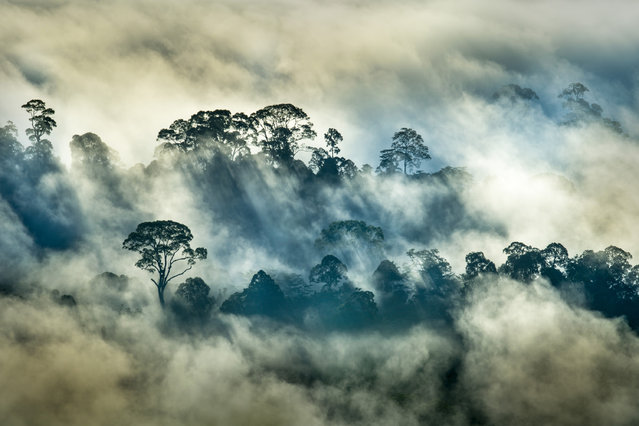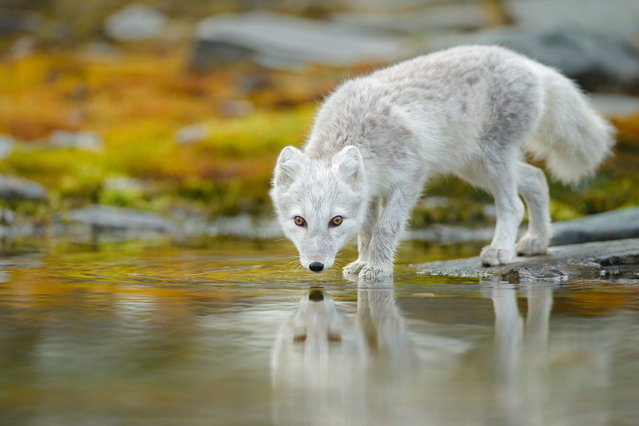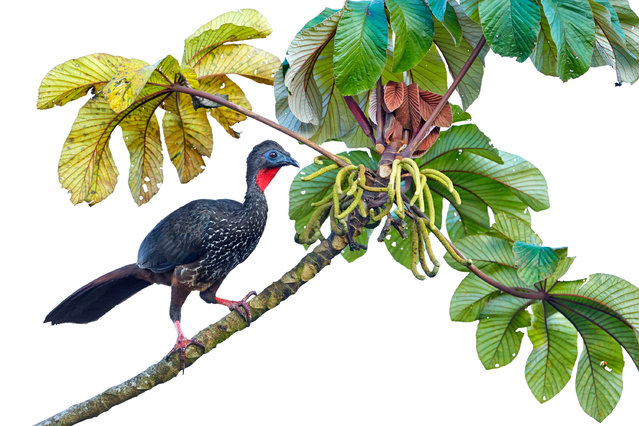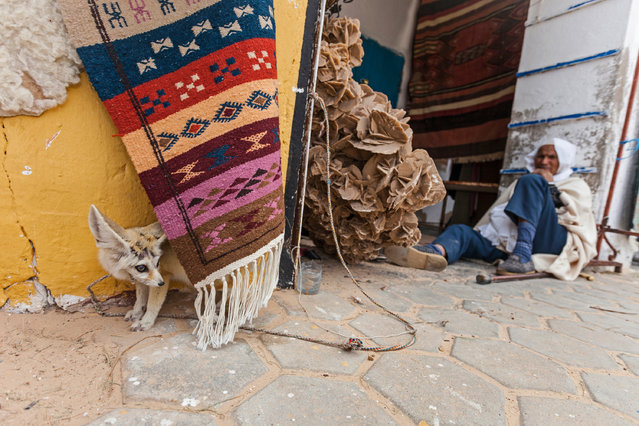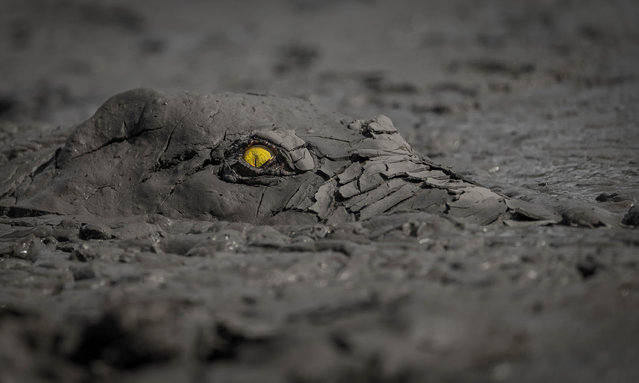
The German Society for Nature Photography (GDT) has selected its Nature Photographer of the Year 2020. Here: Winner, Other animals. Jens Cullmann – Danger in the Mud. Crocodile in a drying pool. (Photo by Jens Cullmann/2020 GDT Nature Photographer of the Year)
01 May 2020 00:03:00,post received
0 comments

